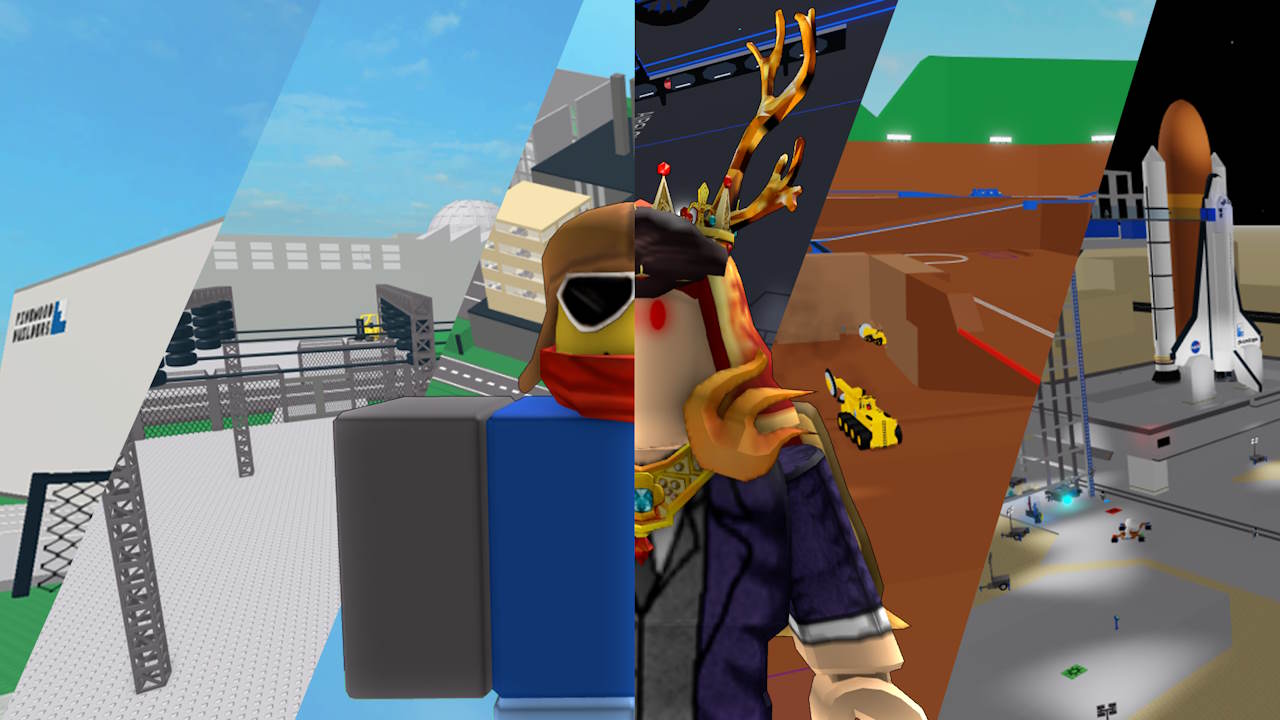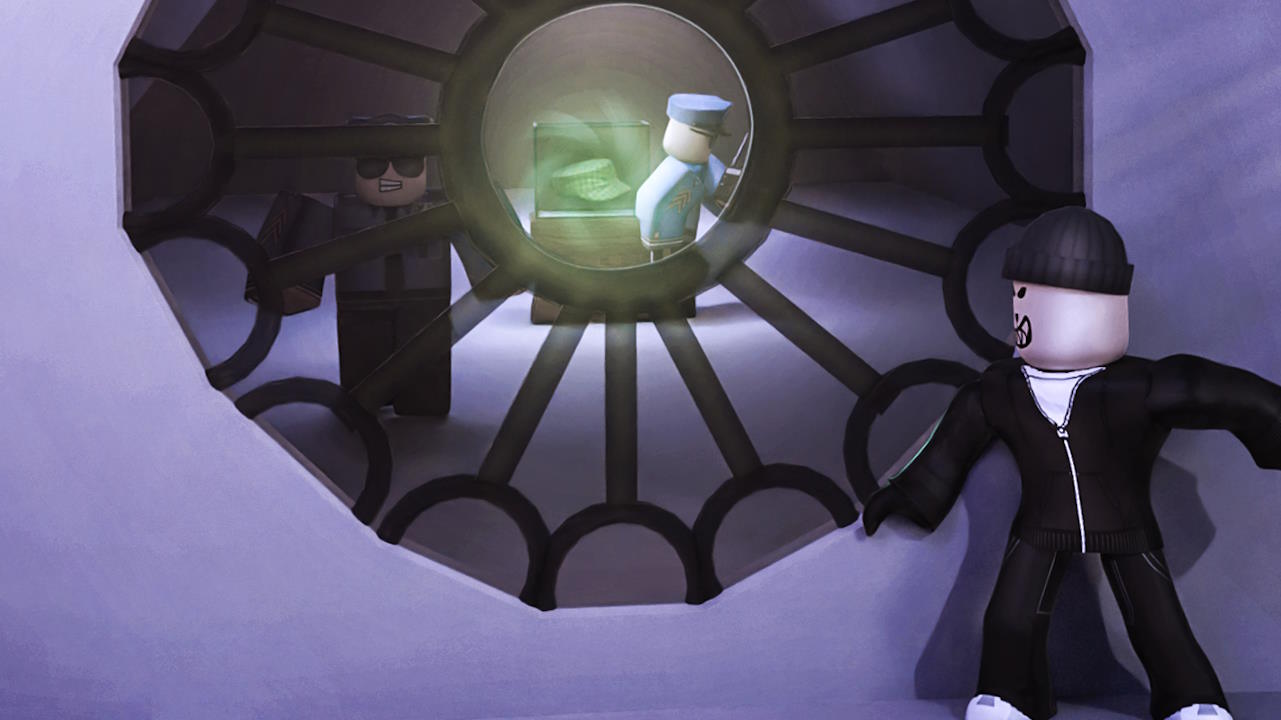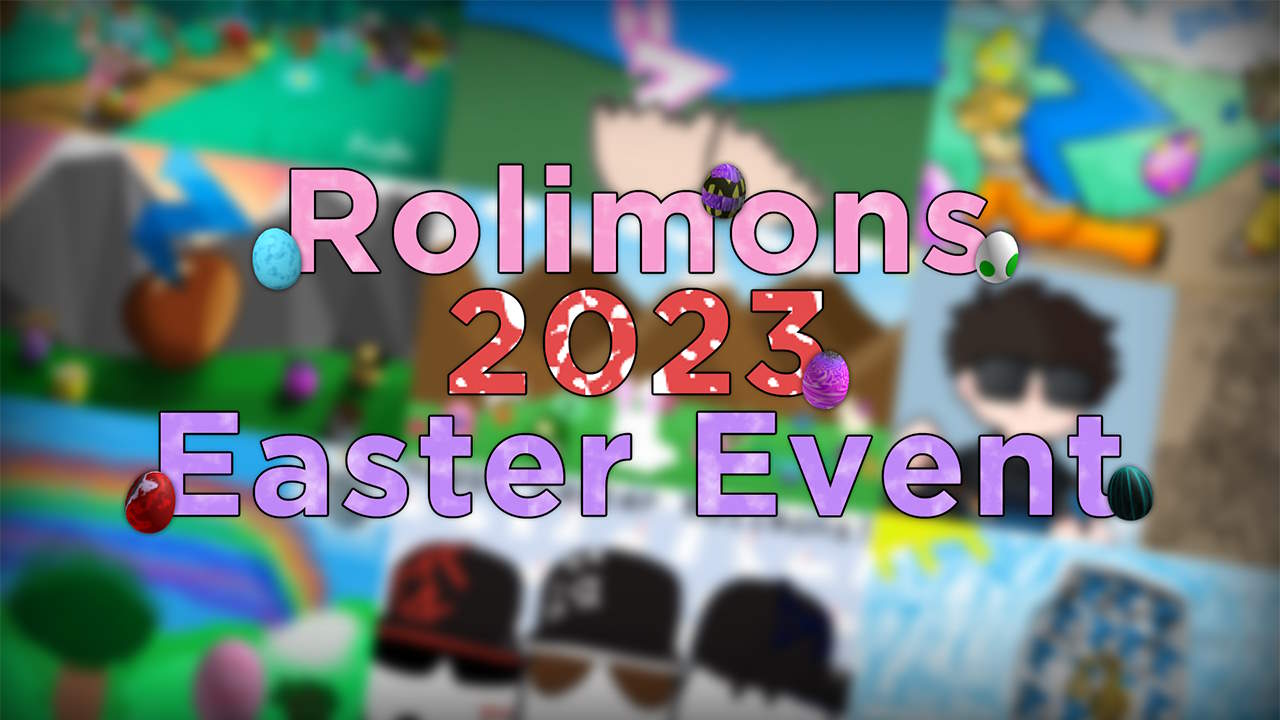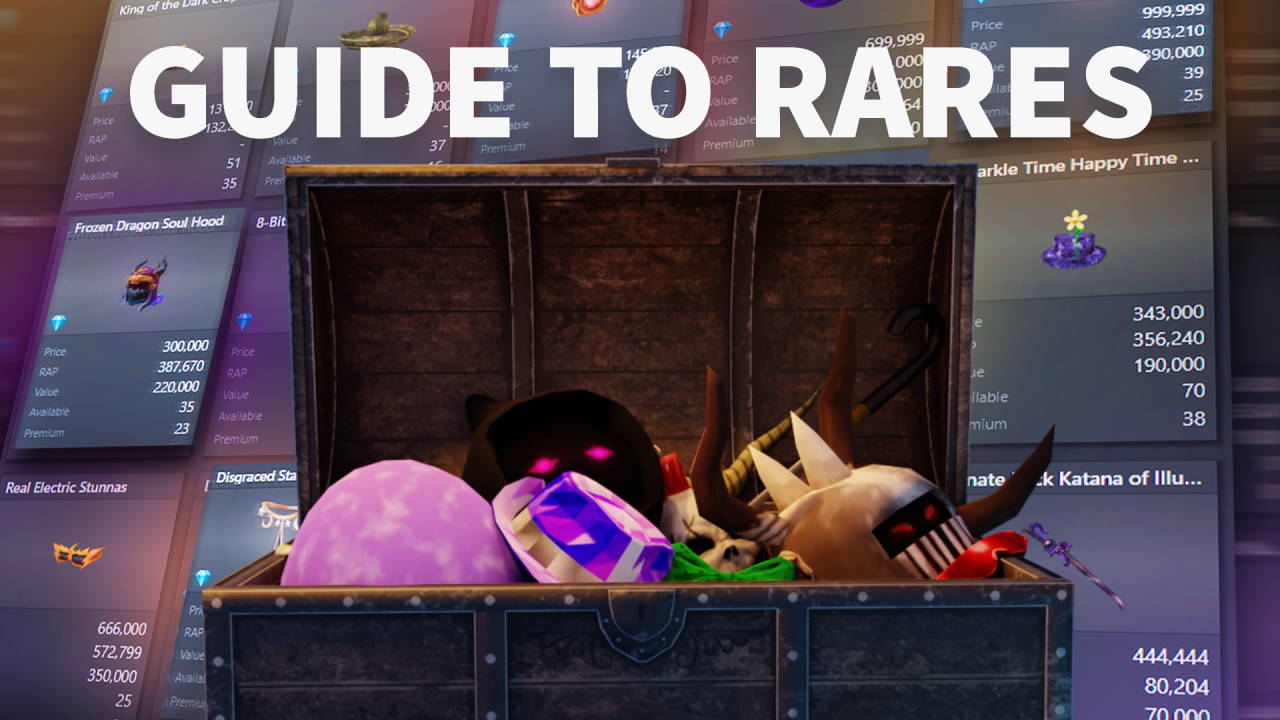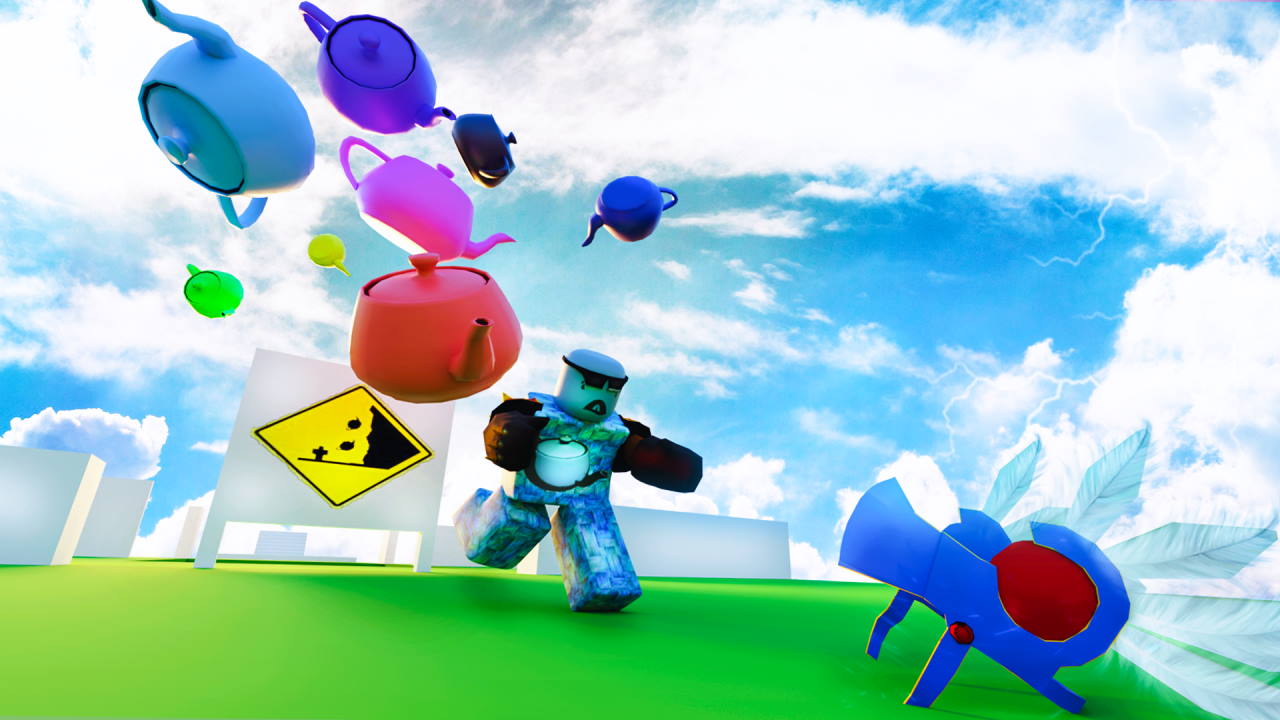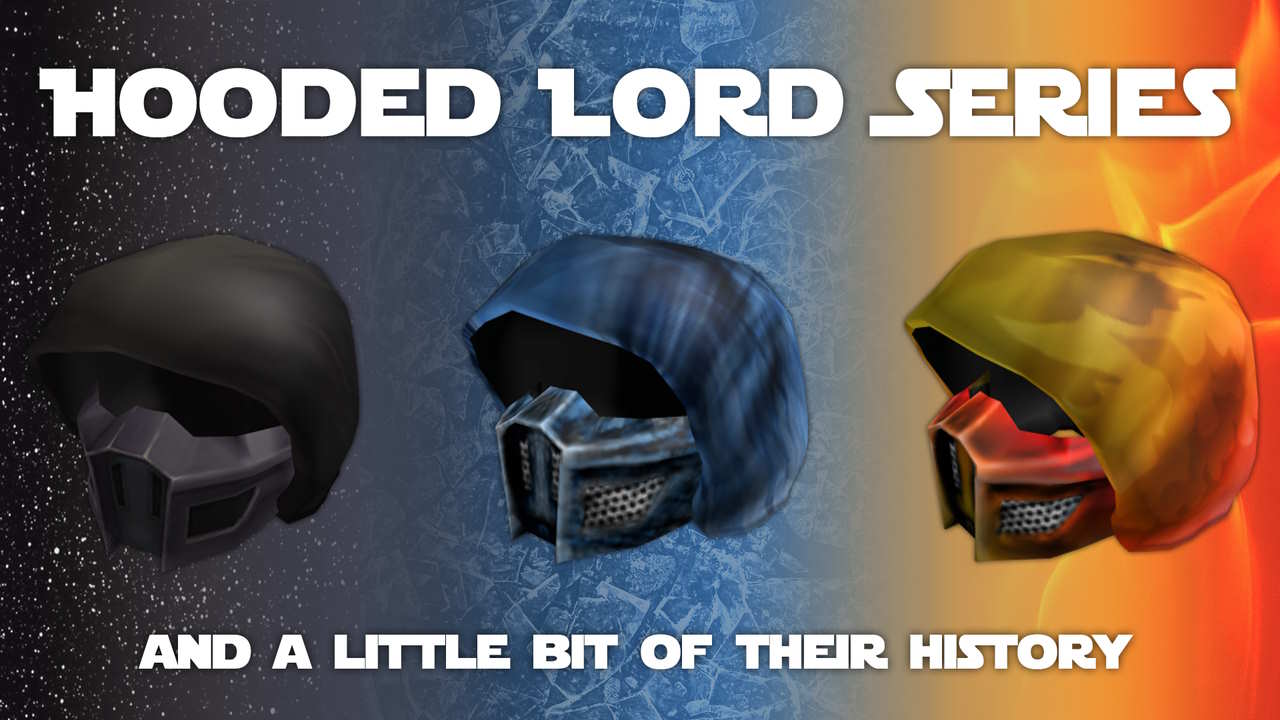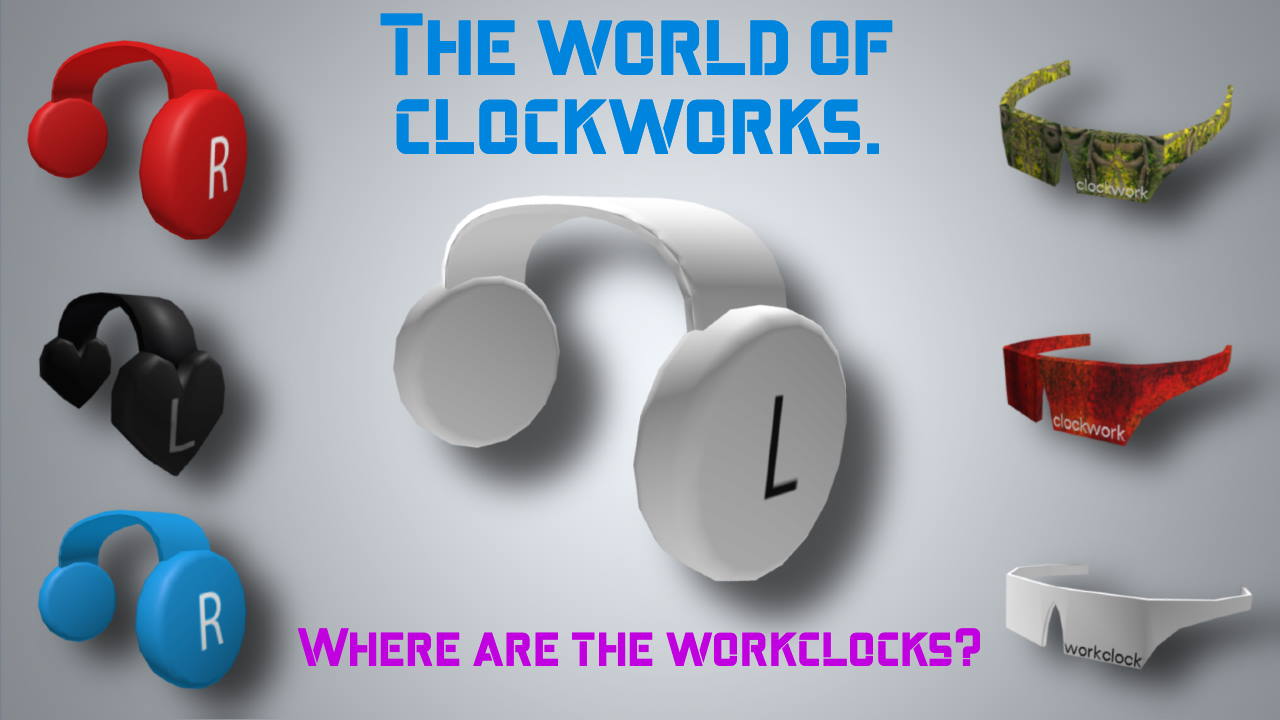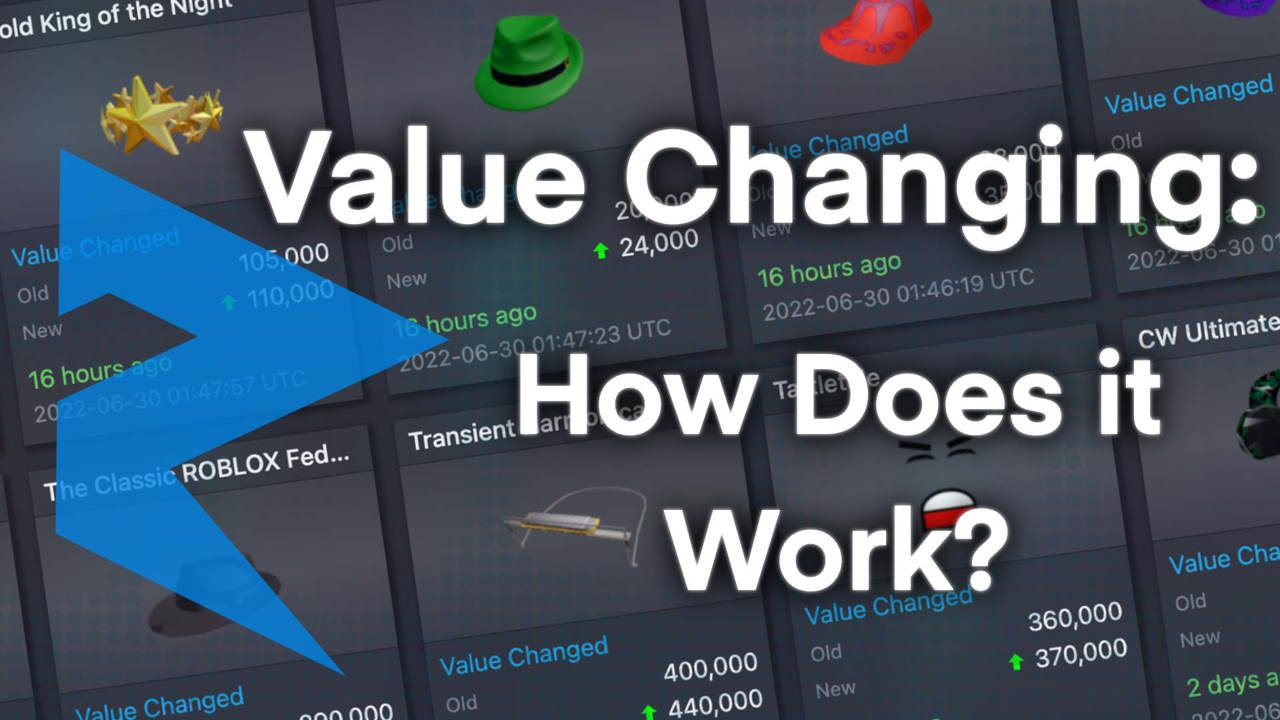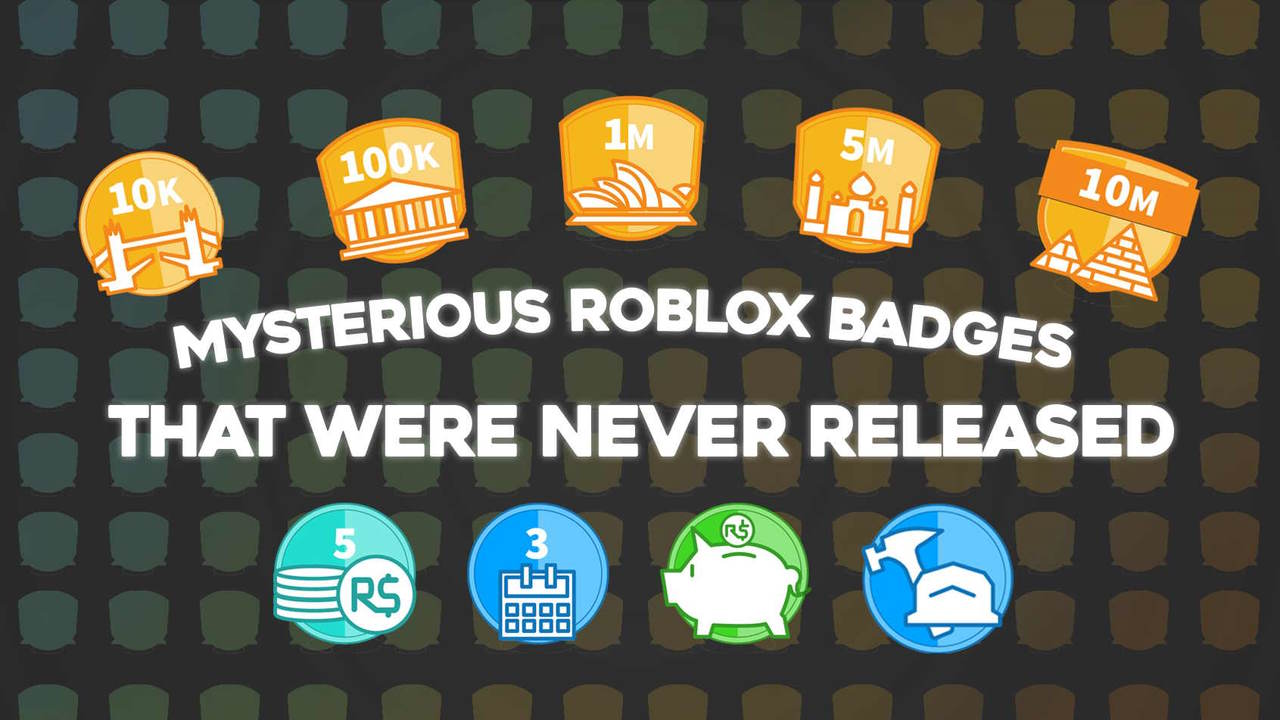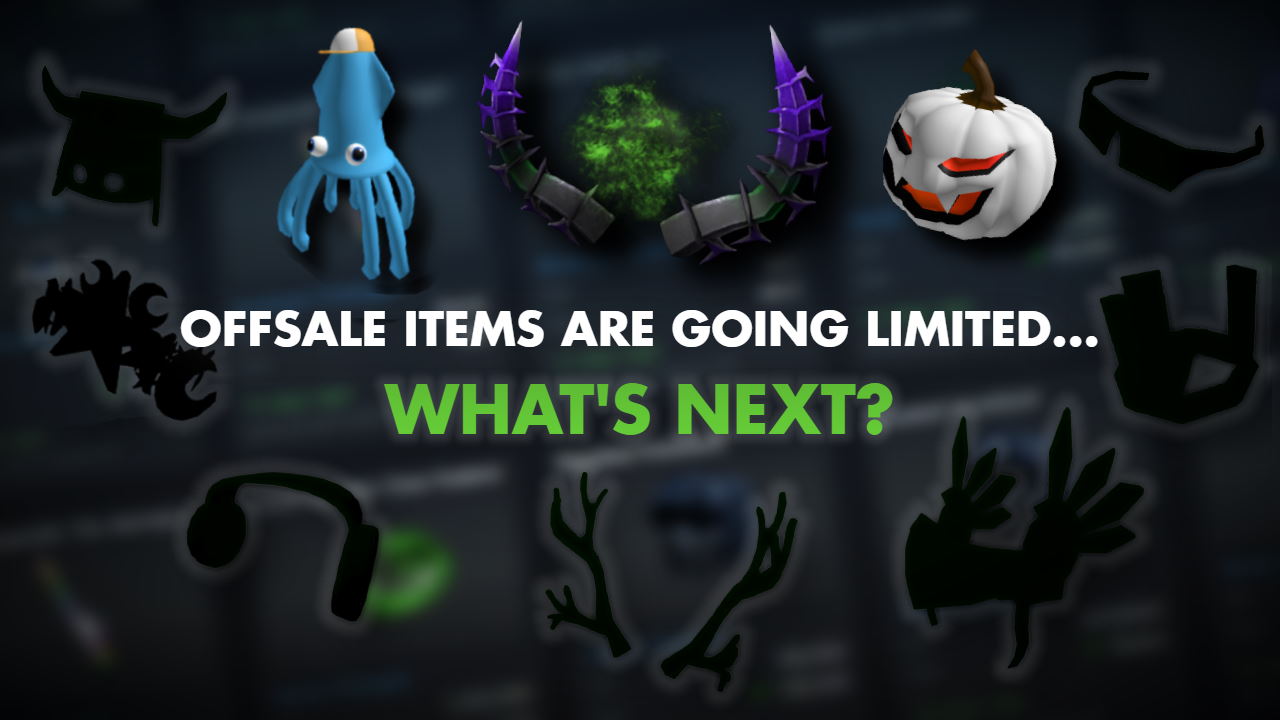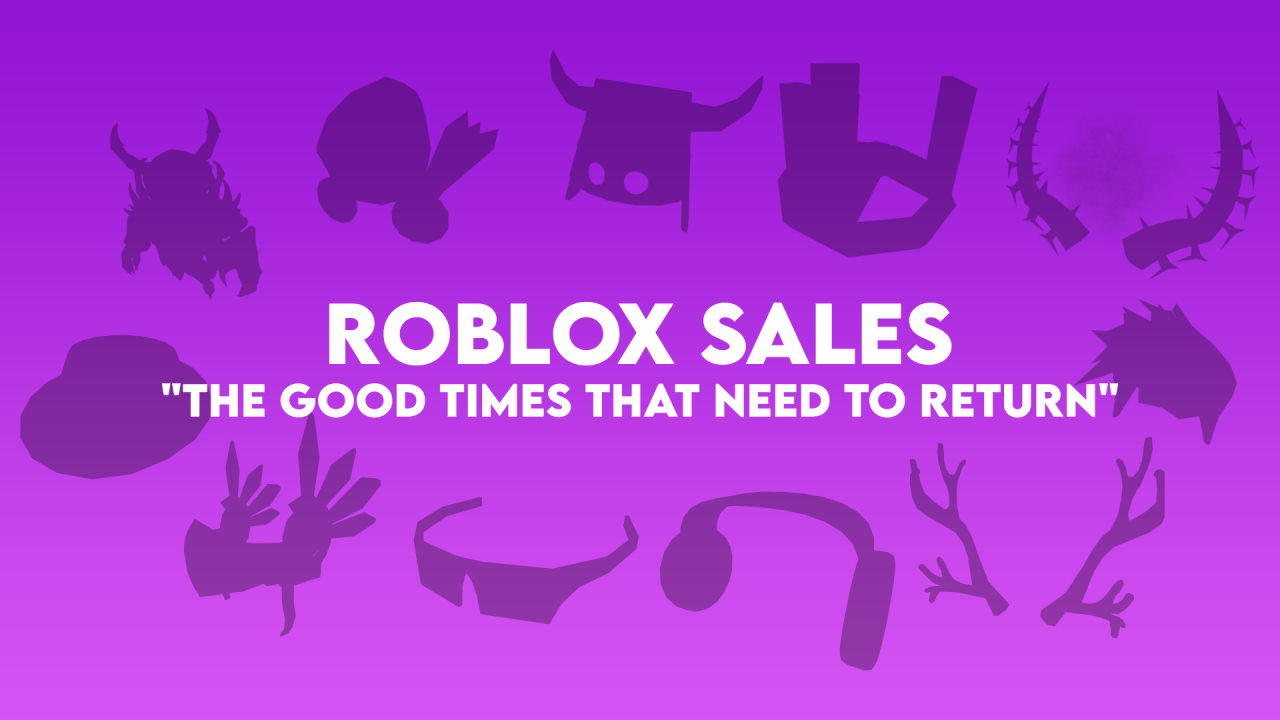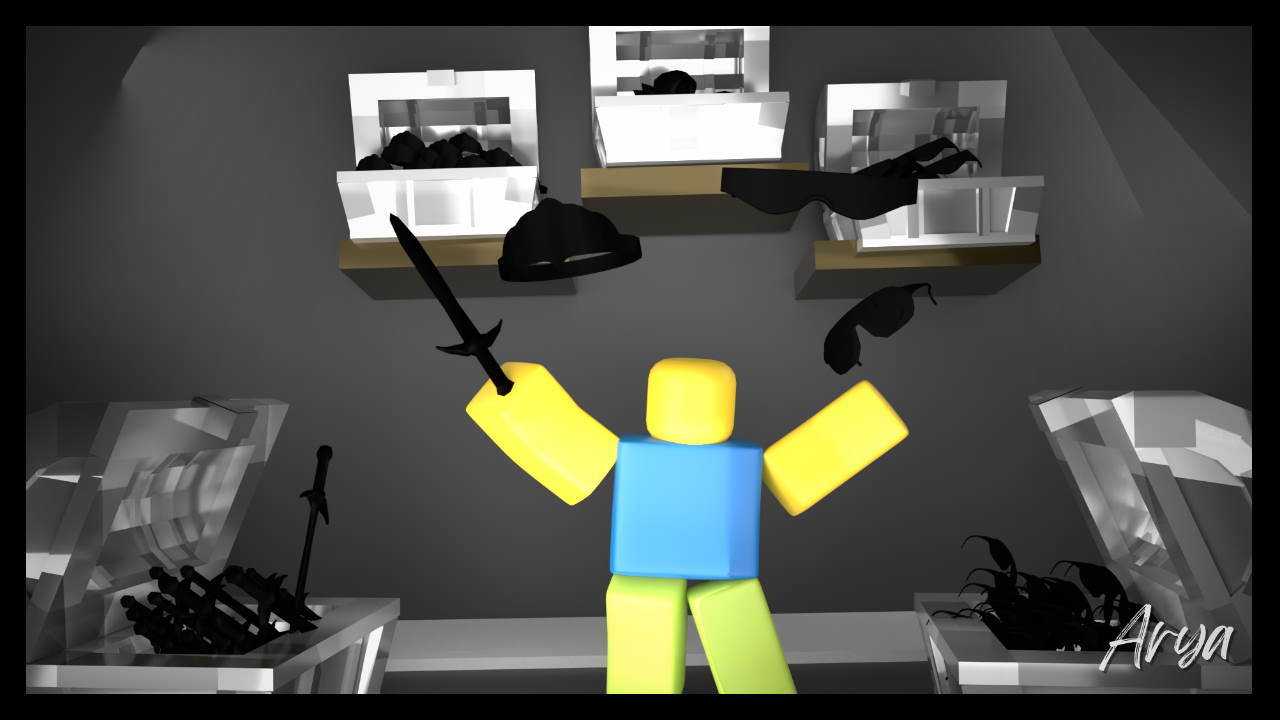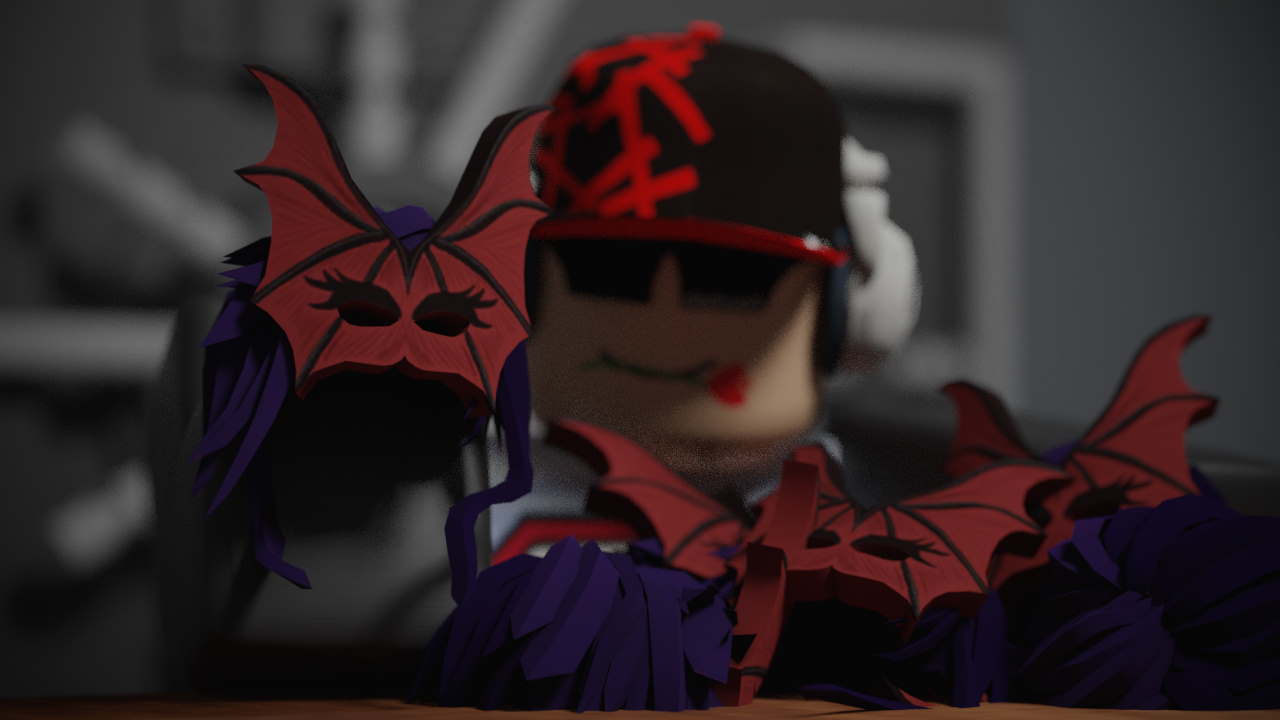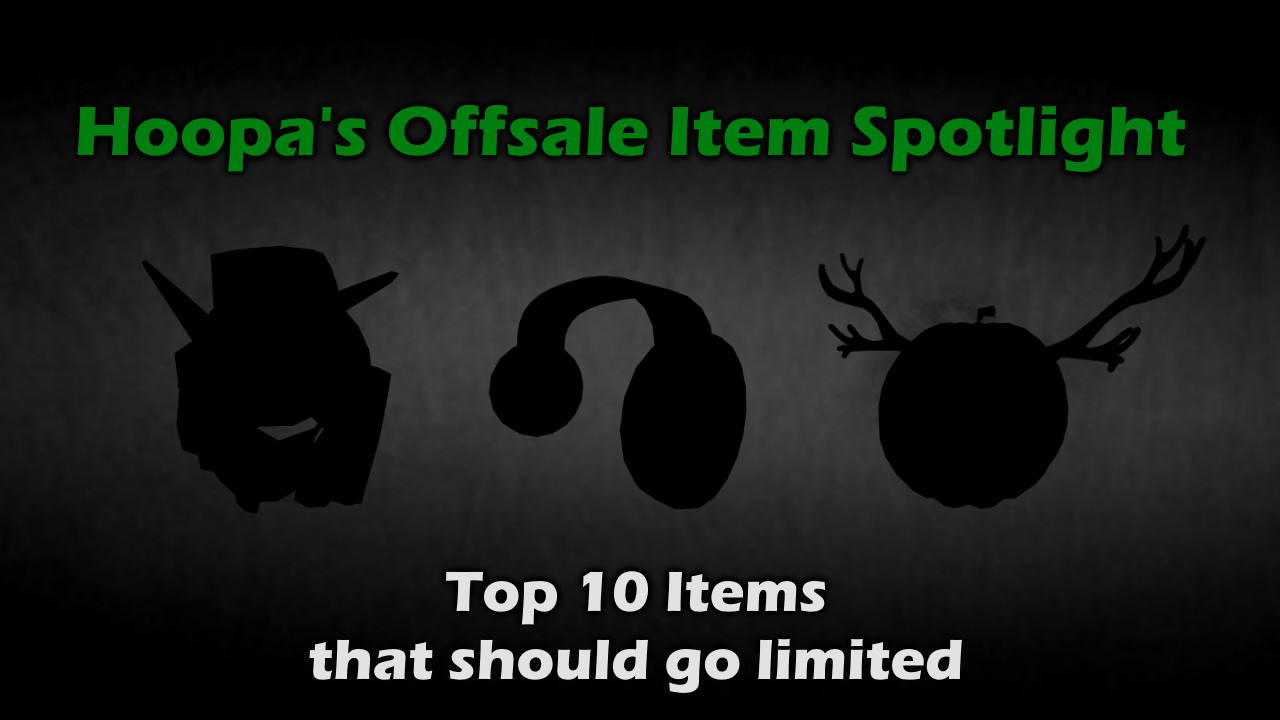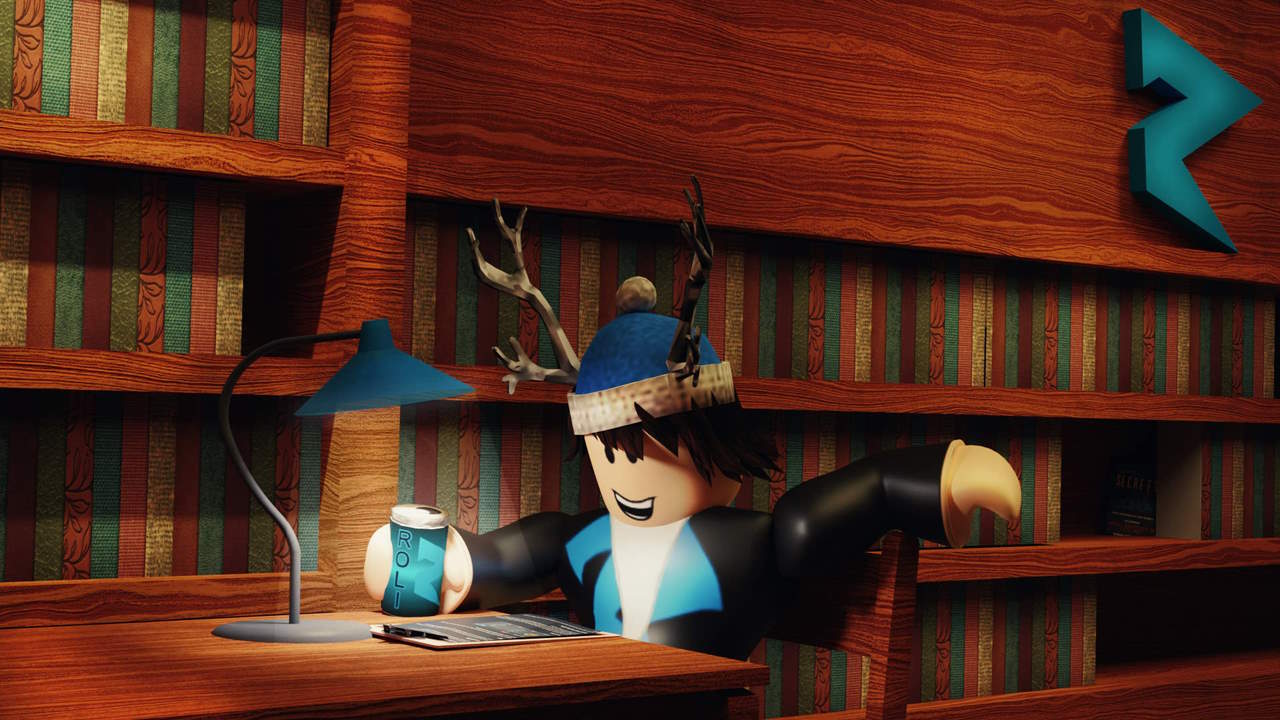
Introduction
Have you ever struggled with Roblox trading terminology? Terms commonly used in Roblox trading like Overpay, Value, Hoarding, W/L, Sharking, and many more can be confusing.
This guide explains the common trading terms so you can follow what other traders are saying without having to ask, and serves as a reference if you ever need to refresh your memory on any of them.
Terms and Definitions
Index
- Recent Average Price (RAP)
- Value
- Demand
- Upgrading (UPG)
- Downgrading (DG)
- Overpay (OP)
- Lowball (LB)
- Rare
- Semi-Rare
- Lowest Price Possible (LPP)
- Accept/Counter/Decline (A/C/D)
- Win/Loss (W/L)
- Proofs
- Value-Requests (VR)
- Proof-Based
- RAP-Based
- Underrap
- Overrap
- Trend
- Projected
- Projecting
- Sharking
- Scamming
- Middleman (MM)
- User Asset ID (UAID)
- Clean vs. Poison Limiteds
- Plugging
- Copies
- Let's Make a Deal (LMaD)
- Hoarding
- Sales
- Deals
Recent Average Price (RAP)
The Recent Average Price of an item is the average that an item sells for in Robux. This is visible on the Price Chart section of any limited item. When an item first goes limited, the RAP is 0. Once this new limited sells once, the RAP is equal to the first sale. After this, the RAP is adjusted at a formula of RAP + (Sale Price-RAP)/10.
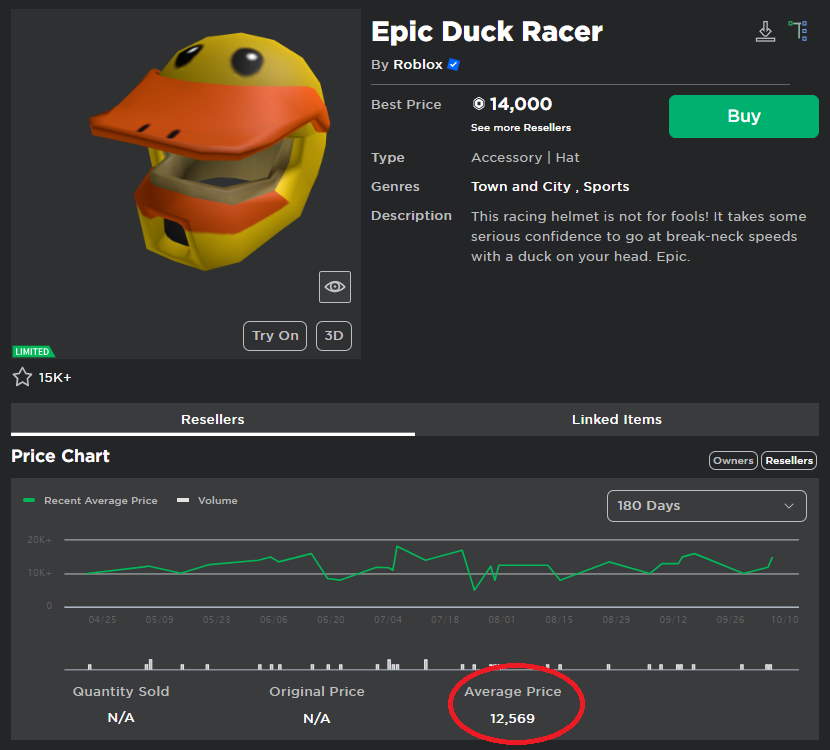
Value
The value of an item is based on how much an item is worth in terms of trading. A singular item's value can be very volatile and is impacted by many factors. Despite this, values are much more reliable for determining what limited items get traded for typically compared to RAP.
Demand
Demand refers to the desirability of an item. For example, the Valkyrie Helm has much more demand compared to a rarer item such as Memento Mori. An item with higher demand is typically seen as more desirable to trade for since they are likely easier to trade.
Upgrading (UPG)
Upgrading is when a user trades multiple smaller items for a lesser number of larger ones. For example, trading away your Classic Roblox Fedora and Valkyrie Helmet for the Yum! face would be an upgrade since you are giving 2 smaller items for a larger one. Trading 3 or 4 items for a larger one would also be considered upgrading.
Downgrading (DG)
Downgrading is simply the inverse of upgrading, in which you trade a larger item for multiple smaller ones. For example, if you were the one trading your Yum! face away for a Classic Roblox Fedora and Valkyrie helm, you would be the one who's considered downgrading.
A common misconception for upgrading & downgrading is that they refer to gaining or losing value in a trade, but this is not true.
Overpay (OP)
An OP refers to giving more for an item than its listed value. For example, giving 195,000 value for an item listed at 190,000 value would be considered a 5,000 value OP.
Lowball (LB)
Simply the inverse of OP, LB refers to giving less value for an item that is listed at more. For example, giving 185,000 value for an item listed at 190,000 value would be considered a 5,000 value LB.
Rare
Rolimon's classifies a rare limited as an item with 100 or less copies left in existence. This number includes copies that are hidden in private inventories.
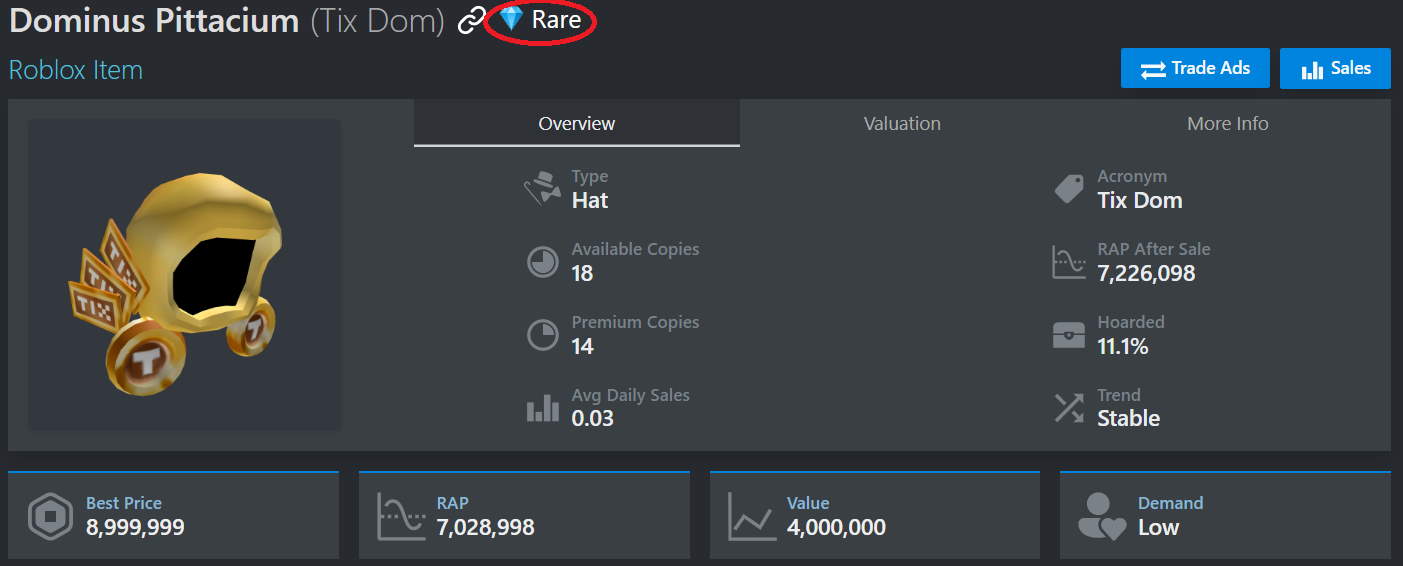
Semi-Rare
A semi-rare limited is a limited with a low copy total but does not reach the 100 copy threshold that Rolimon's holds to be considered an actual rare. There is no set number of copies that marks the cutoff for what is considered a semi-rare, but it is generally accepted that any item with less than 200-250 copies is likely worth calling a semi rare.
Lowest Price Possible (LPP)
An LPP is when someone purposely sells an item for an extremely low price on the catalog, typically 1 Robux.
Accept/Counter/Decline (A/C/D)
Frequently you will see these terms listed together, and they represent the options of an inbound trade. You will most commonly see someone asking A/C/D when they are looking for advice on a trade they are unsure of how to reply to.
Win/Loss (W/L)
W/L refers to winning or losing a trade. This is most commonly used when someone is gauging whether an inbound or completed trade is considered a win for themselves.
Proofs
A proof is when a user posts an inbound or completed trade. Proofs are what dictate value and are extremely useful to refer to when unsure of what an item goes for.
Value-Requests (VR)
This is a channel in the Rolimon's discord where proofs are posted. All value changes are made in correlation to the proofs posted in the VR channel, and this is where the community can post their proofs in order to contribute to future changes.
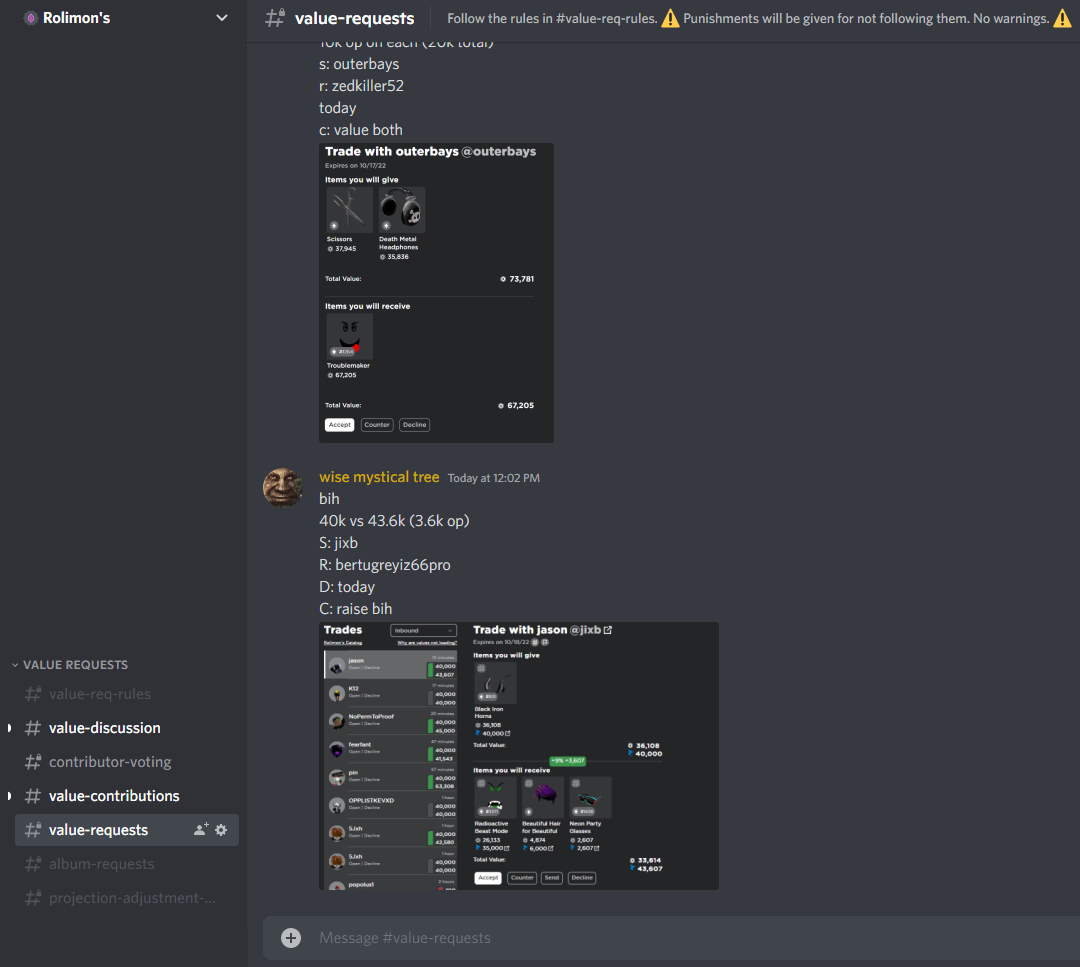
Proof-Based
Proof-based items are items that are only valued based on proofs. These items are generally not influenced by their RAP, however more demanded items may naturally have correlation between RAP and how they are performing in trades.
RAP-Based
RAP-based items are items that are only valued based on their RAP. This feature is currently discontinued which means there are no items currently valued in relation to their RAP.
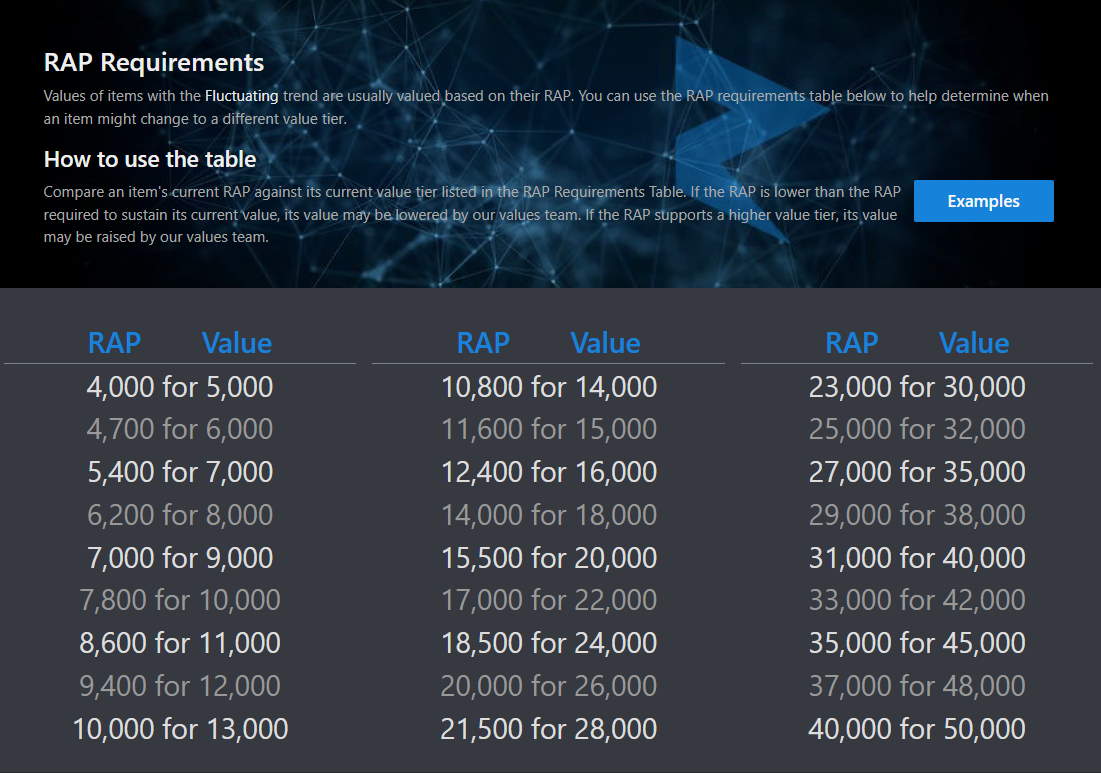
Underrap
Underrap referred to a RAP-based item that had a RAP lower than the requirement for its current value. For example, an item that was listed at 10,000 value but only had a RAP of 6,800 would be considered underrap, and would subsequently drop if it had not recovered to the required RAP range in the designated time.
Overrap
Overrap is simply the inverse of underrap, which referred to a RAP-based item with a RAP high enough to require the item to be raised in value. Unlike being underrap, there was no time delay for an item being overrap and items would receive a raise instantaneously.
Trend
Trend represents how a limited item is performing at any given time. An item's trend is visible on its Rolimon's page and can be referenced as a reliable source on how an item has been performing and how it may likely do in the near future.
Unstable
The unstable trend is used for two different scenarios, which are:
- A newly released limited is behaving in an extremely volatile way, whether raising or dropping
- A limited has recently had a decent-sized hoard released, which puts it at risk for volatility
The gist of the trend is to show when items are behaving in unpredictable ways, warranting a trend that shows they are not currently stable.
Stable
The stable trend is the most common trend and is used for items that are generally performing average in comparison to most other items.
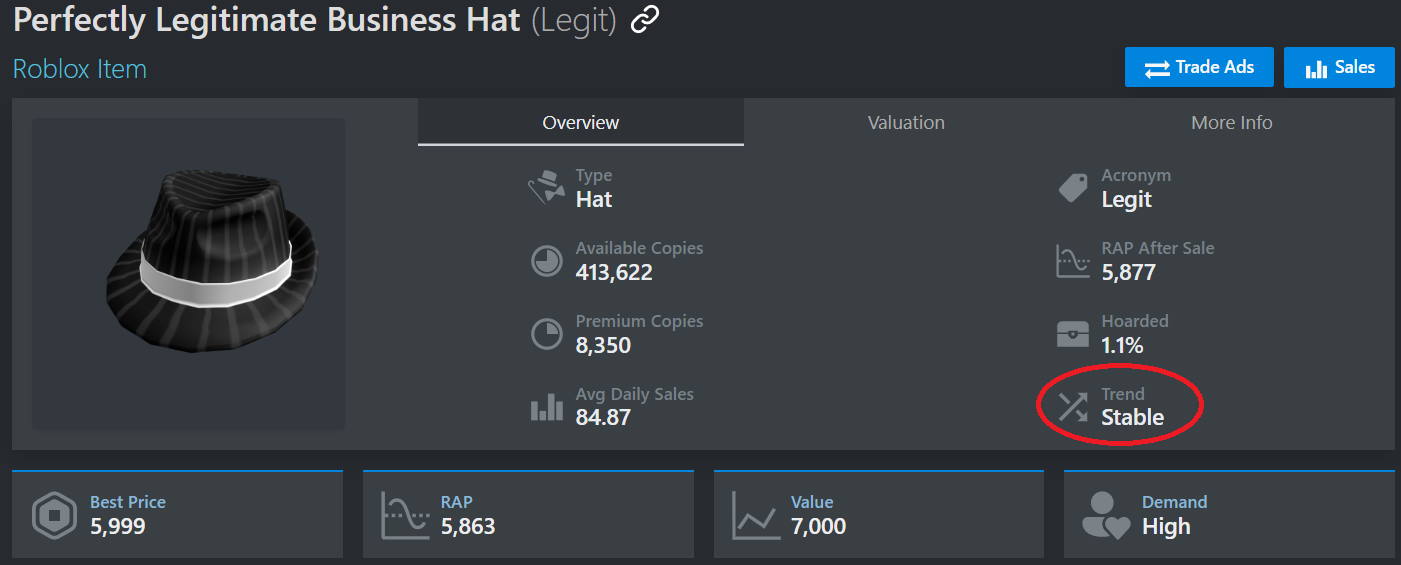
Lowering
The lowering trend is applied to items that have either been dropping or have just dropped a considerable amount. Generally, items with this tag are performing quite poorly.
Raising
The raising trend is simply the inverse of the lowering trend, it is applied to items that have been performing quite well and have seen value increases recently.
Hyped
The hyped tag is given to items that are performing extremely well and are either currently pulling extreme OPs or have been consistently raising at a pace that is much quicker than average. This tag is currently discontinued and is no longer applied to items at this time.
Fluctuating
The fluctuating trend is given to items to signify that they are RAP-based, however since the RAP-based system has been discontinued there are currently no items with this trend.
Projected
The projected tag is given to items that have seen an artificial increase in RAP recently. When an item has the projected tag, it means that the RAP is inflated due to either an unnaturally high sale or a hoarder mass buying it.
Projecting
Projecting an item is the process of creating a projected. This entails purposely buying an item for an extorted price in order to artificially raise the RAP of said item. An example of this would be buying a Rubber Duckie for 1,000,000 Robux in order to cause the RAP to massively spike. Projections are usually short term and naturally fix themselves over time as an item sells, but rarer items may take longer or never recover due to how infrequently they sell.
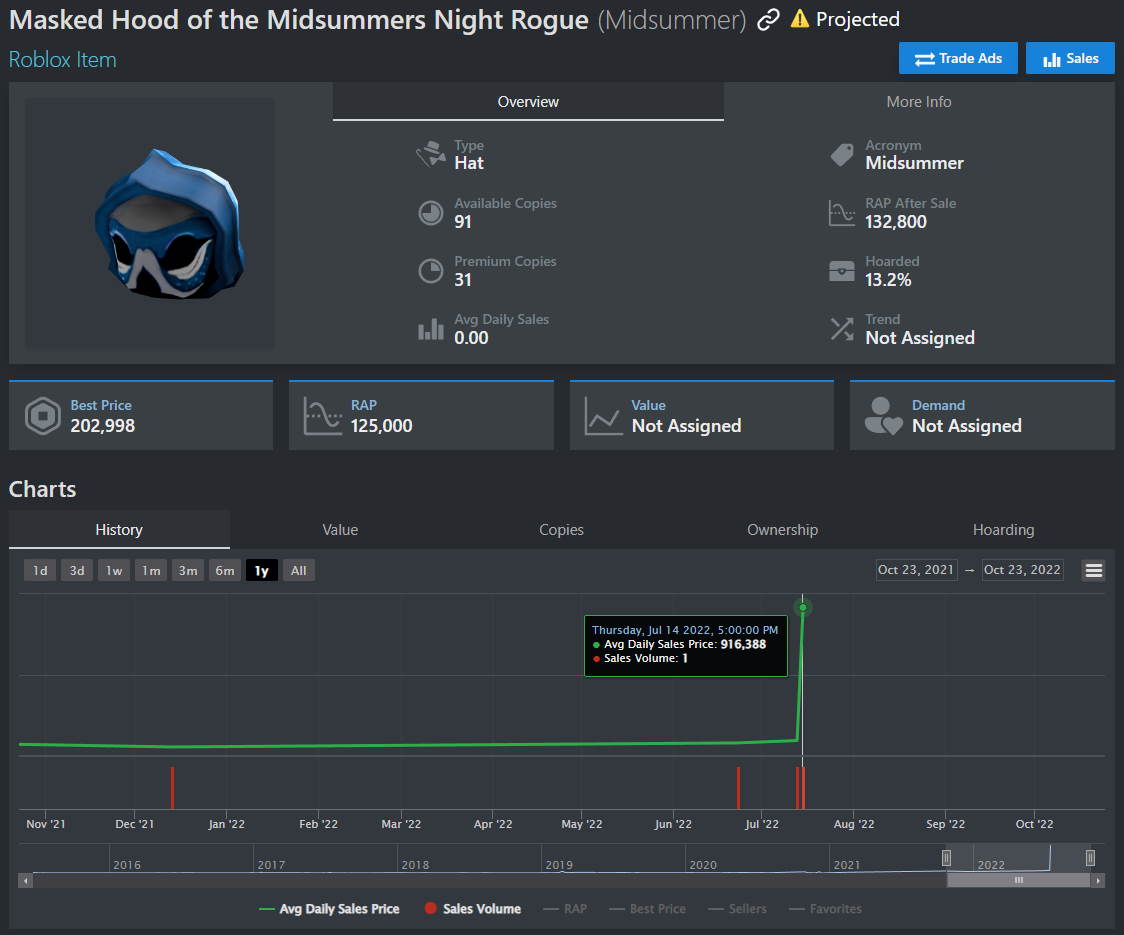
Sharking
Sharking is when someone lies about information to influence you to accept their trade. This might be faking proofs, having their friends tell you to accept, giving an inaccurate value range that an item goes for, among others. You should always be careful of the legitimacy of the statements your trade partner is making, and if you're unsure you should seek advice from more than one group of people.
Scamming
Scamming is when a user steals items or other valuables. Whenever you feel your trade partner is acting suspicious or requiring you to do dangerous activities like send them your valuable items, you should back off or have someone you trust around to spectate your deal.
Middleman (MM)
An MM refers to looking for a middleman/third-party user to oversee or hold items for a trade. For example, if two users are looking to complete a trade but one user is exchanging more than 4 items, they will need to complete this deal in multiple trades. A middleman would hold some of these items in order to take the risk of being scammed away from the users. Although this concept sounds swell, there is still a high chance that the middleman themselves could scam the users. Because of this, it is best to use extreme caution when using an MM and avoid impersonators or using users that you are not familiar with.
User Asset ID (UAID)
Item UAIDs are IDs that are specific to individual copies of limiteds. For example, serial 37 Super Super Happy Face will always have the same set of UAIDs that can be referenced. Every time that serial is traded, or the user privates/publicizes their inventory, a new data point will be created. UAIDs can be referenced to see the previous owners of an item and are frequently used to determine if an item is stolen or safe.
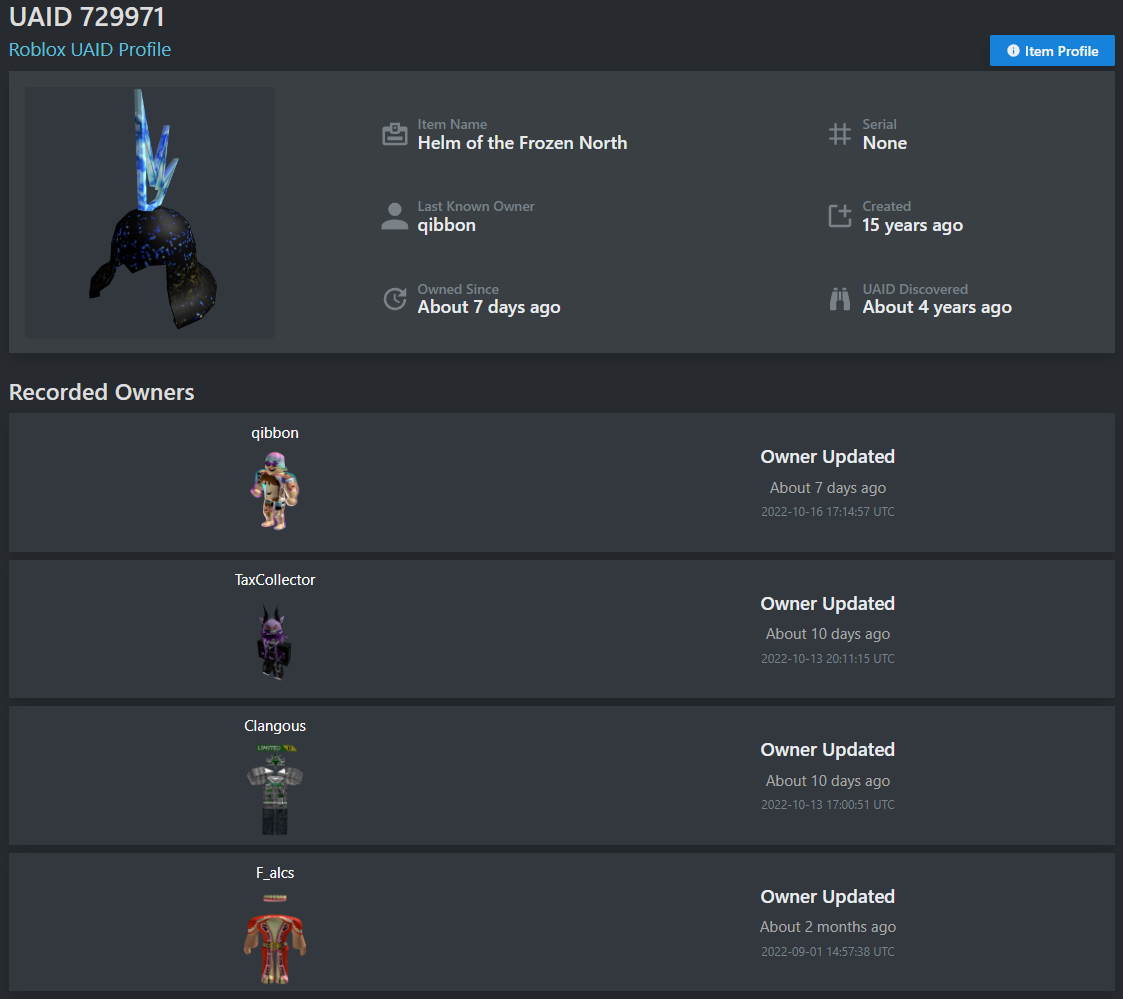
Clean vs. Poison Limiteds
Poison
Poison refers to items being stolen or otherwise unsafe to trade for due to the risk of moderation on your account. The easiest way to tell if an item is poison is to check if the account you're trading with seems like a legitimate user, and reference the UAID of the item you're trading for to see if it was recently stolen or has been changing hands between suspicious users.
Clean
Clean refers to limiteds that are not poisoned and are safe to trade for normally. If someone asks if their item is clean or poisoned, they are just asking if their item is considered safe to trade for.
Plugging
Plugging is when users intentionally trade for stolen items. This is usually due to stolen items being obtainable for cheaper prices or LBs compared to what a normal copy would be traded for. Although this may sound like a sweet deal, the reward doesn't come without risk. Roblox frequently moderates or terminates users who trade for stolen items and your best bet for keeping your account around is to avoid any item you fear may be poisoned.
Copies
Whether a collectible item originated as a normal limited or a Limited U, it has a finite number of copies. After an item becomes a limited, new copies are no longer created. This means that the stock is capped to however many copies existed before the item became limited. These copies can be analyzed in different categories and offer a better look at the specific aspects of any given limited.
Available Copies
The available copies of an item represents the total number of copies an item has that are owned by users with public inventories.
Premium Copies
The premium copies of an item represents the total number of copies an item has that are owned by users with public inventories and that have Roblox premium on active on their account.
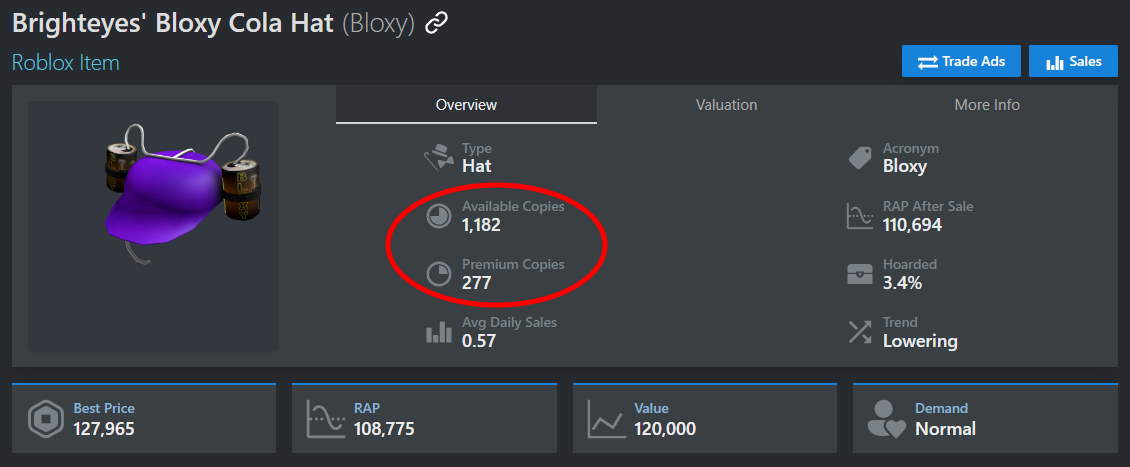
Deleted/Hidden Copies
Deleted or hidden copies represent the number of copies of an item that are either owned by users who have private inventories or have been terminated. Currently, Roblox does not offer a way to distinguish between a deleted copy or a copy that is simply owned by someone who's inventory is private, so the number of deleted or hidden copies fluctuates often for most items.
Circulation
Circulation refers to the number of active copies that a limited has in the economy. For example, an item with 50 premium owners likely has only 20-30 of these copies considered actively in circulation. Rolimon's considers any item serial traded in the last 6 months to be actively in circulation, but often even the longer-tenured owners eventually trade theirs away. Circulation is always changing and is more of a guessing game than a precise process.
Let's Make a Deal (LMaD)
LMaD was a subforum on the Roblox forums that revolved around all aspects of trading. Before forums' eventual removal from the site, this was where most users would go to negotiate deals and discuss trades.
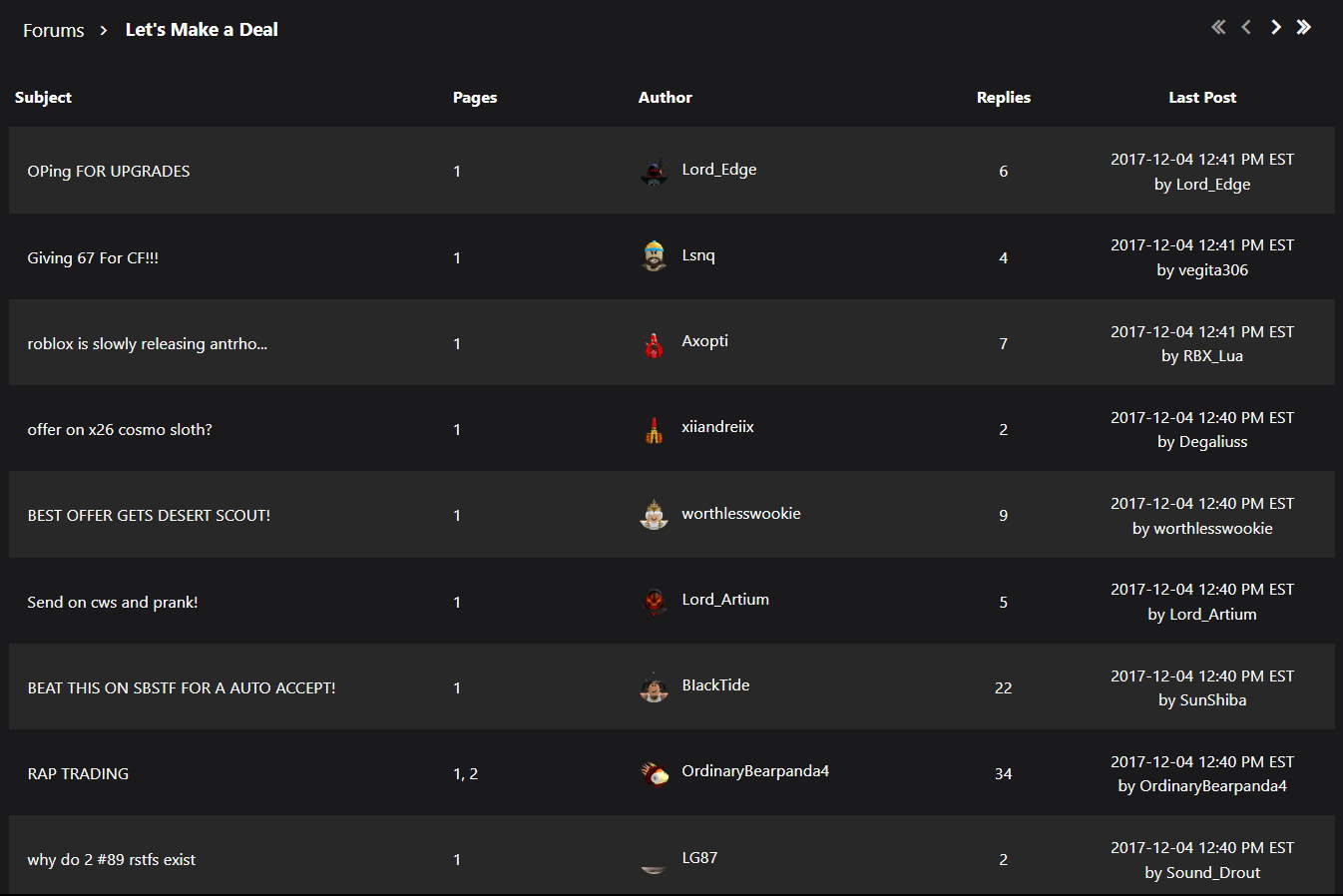
Hoarding
Hoarding an item refers to users purposely amassing multiple copies, usually referred to as three or more of the same limited. Depending on the rarity of the item, hoards can have very large influences on how the item performs.
Sales
During certain times of the year, namely holidays like Memorial Day or Christmas, Roblox may host "sales" where some or all of the following would occur:
- Certain off sale items are put on sale for a limited time
- Prices for certain regular item(s) are reduced for a limited time
- New items are released (regular and/or collectible)
- Certain regular catalog items go limited
Some of the standard sales/holidays include:
- President’s Day
- Memorial Day
- Midnight Summer Sale
- Labor Day
- Black Friday
- St. Patrick’s Day
- Independence Day
- Halloween
- Thanksgiving
- Christmas
In the modern day, sales are very infrequent and generally do not happen. However, there are occasions where Roblox decides to host smaller versions of these sales, such as Memorial Day 2022.
Deals
Deals refers to the Rolimon's deals page (https://www.rolimons.com/deals), where current prices for limiteds are posted. There are a range of filters you can adjust and set to your liking, and this is often where traders with spare Robux go to get the most from their 'bux.
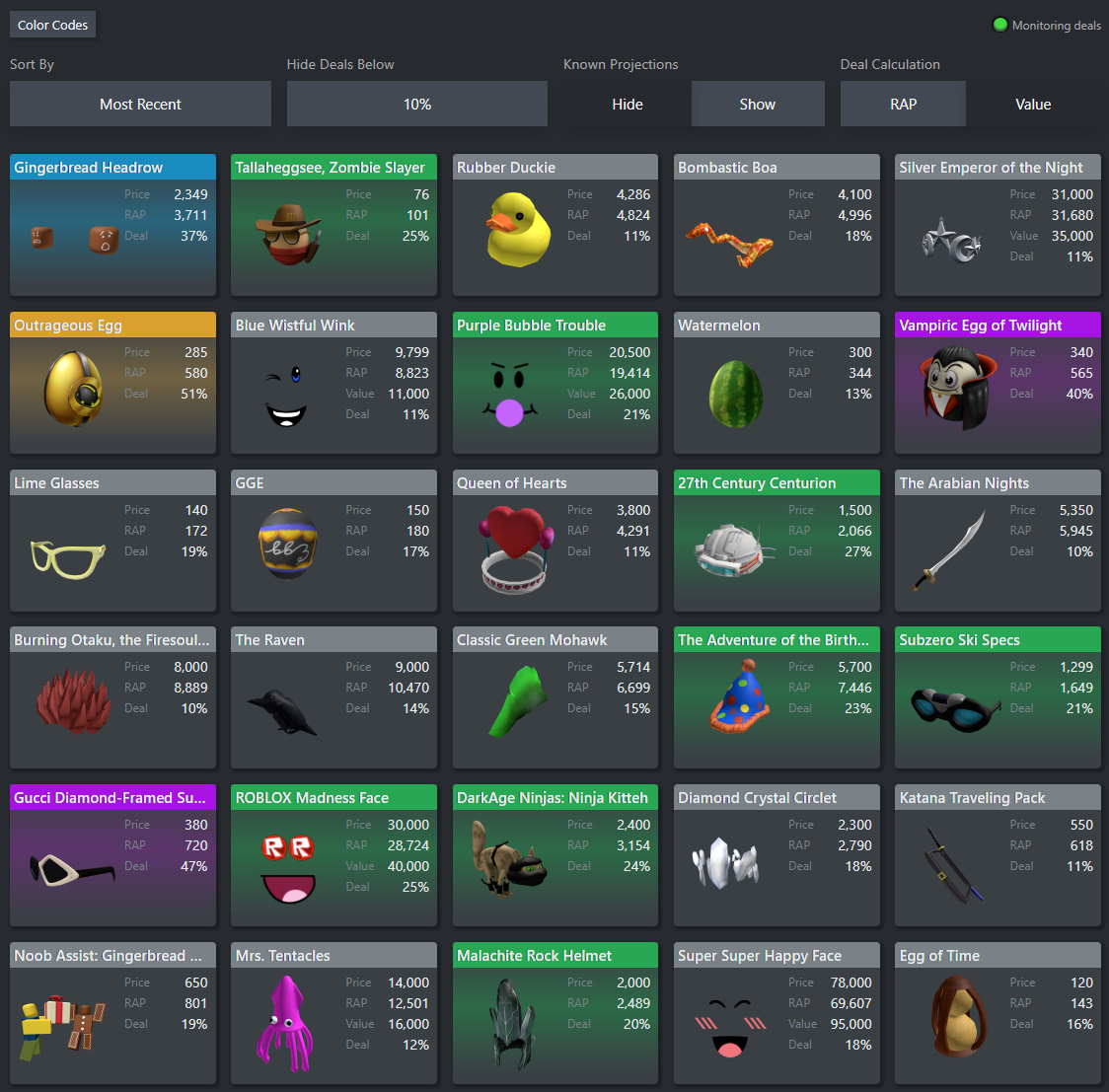
Snag
This term refers to an item being listed on-sale for a reasonable deal. Usually this deal walks the line of being almost not worth buying, but cheap enough to where the buyer is still getting a reasonable discount.
Snipe
A snipe is a much more lucrative version of a snag, where the buyer is receiving a larger discount to the point where it is almost a deal that you can't resist. Usually a deal is considered a snipe once it is 40-50%+ off the normal RAP or value.
Conclusion
As you can see, there are many complex terms and acronyms that are commonly used in everyday trading. Many of these terms are accepted as normal literature for experienced traders, which may leave newcomers out of the loop. Lucky for you, now you can use this list to help define any you are unfamiliar with!

